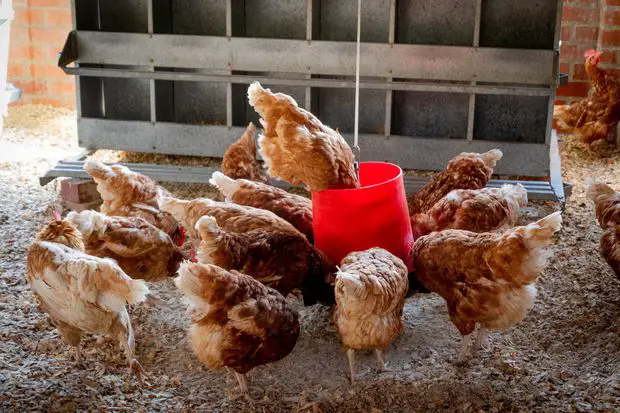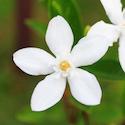The Night blooming jasmine is one of the most beautiful, evergreen and everlasting jasmine species, that exist. Not only, due to its beautiful waxy flowers, but also, and foremost, due to the extravagant scent that its flowers produce. Unfortunately, not all is a roses path when it comes to care and maintain our night blooming jasmine, as it is really prone to get infested with nasty pests, such as, leaf eaters caterpillars, aphids and mites. There is no more heart breaking event as seen your gorgeous night blooming jasmine plant full of holes and gaps reaching the flower buds and stems. Every jasmine plant gardener has to eventually deal with some pesky pests, such as, caterpillars, that will collapse your plant in no time, if not checked or treated, but luckily, we have many options to deal with them. Caterpillars do feed on the leaves of our jasmine plant, starting with the younger and fresher leaves of the plant and making their way to the higher parts of the plant very quickly. As a result, most blossoms will not be able to bloom and even the buds will fall off before they get to bloom. That’s why, prevention and ensuring you check on your plants regularly, are the most effective ways to avoid these caterpillars to colonise your jasmine plants. It is important to note that they will be most active during the summer and autumn time and it is key to recognise the first sings of infestation by these insects to be able to act as quickly as possible. These sings include, double checking both sides of the leaves, to ensure there are no butterfly eggs attached to them, double checking for holes and gaps in your leaves and lastly to check the entire jasmine plant for caterpillar or moth poop, as this would be undoubtedly, the result of active caterpillar or moth egg laying process.
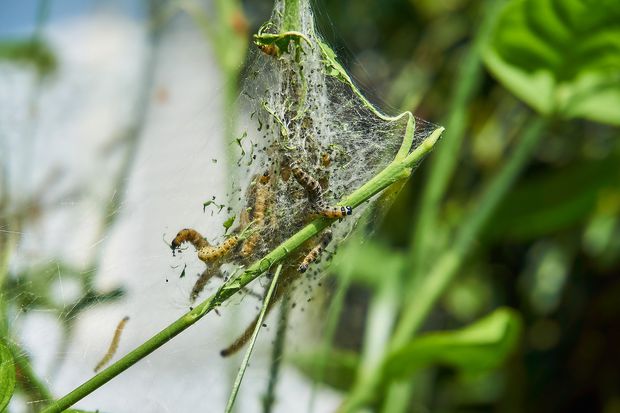
The best way to get rid of caterpillars in your night blooming jasmine is by introducing natural predators (such as, ladybugs, chickens and parasitic wasps), by manually picking them up (to decrease the number of insects in your plants and ensuring the release in areas where there are birds and other small animals, that will feed on them and thus, avoiding the return of them to your night blooming jasmine plant), by releasing organic pesticides (which main component is Bacillus Thuringiensis Bacterium) and lastly, by using organic sprays (made of garlic and hot pepper, soap, water vinegar and neem oil) and physical methods like cardboard box and nylon nets.
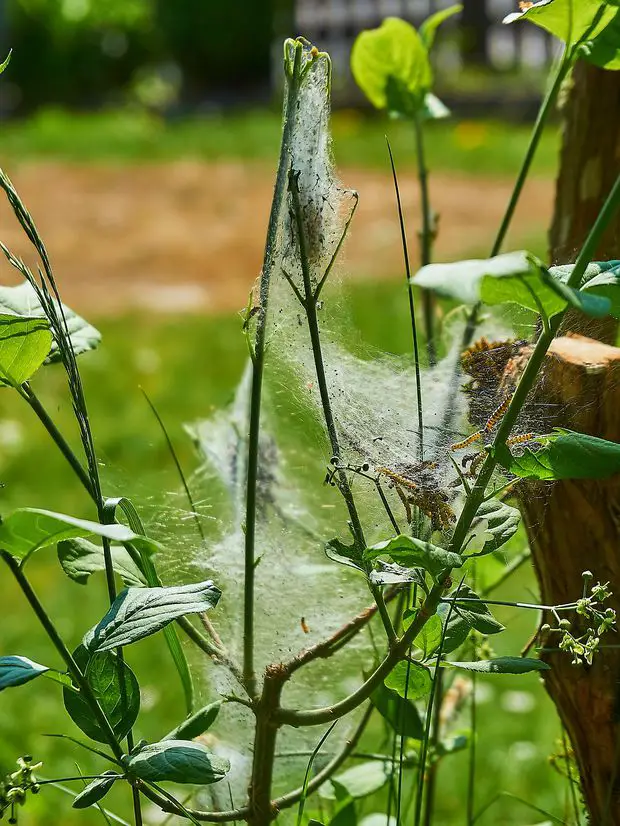
How do you get rid of leaf caterpillars?
Bacillus Thuringiensis Pesticide
Bacillus thuringiensis species, most commonly abbreviated as Bt, are a group of gram positive and aerobic bacteria, which produce both parasporal crystal proteins and endotoxins, which are poisonous and toxic to a wide range of insects and pest, hence, that they became since they were first discovered in 1900, one of the most commonly used bioinsecticides for pest control, especially effective against leaf and needle feeding caterpillars. As stated earlier, this bacterium species are so active in the control of the leaf eating caterpillars, because those crystal proteins secreted by the Bt, paralyses the digestive system of those caterpillar insects and eventually will kill them by starvation. One of the reasons why Bt treatment against caterpillars is the chosen one for our night blooming jasmine, is because, Bt has been proven to be safe for human use in the garden and even indoors, as it will target the hosts specifically, without being poisonous to humans, dogs and other beneficial insects. It is even safe to use in approved edible vegetables right up until the day of the harvest. All in all, Bacillus thuringiensis caterpillar pest control in night blooming jasmine, has become an excellent tool to eliminate this insatiable leaves eaters. They not only are effective in their actions and keep our jasmines healthy, but also, they are environmentally friendly and helps reducing the amount of inorganic chemical pesticides that negatively affect crops and wildlife. The best way to apply this microorganisms is by acquiring a wettable form and by mixing it in a spray bottle and by applying the mixture throughout the foliage of the affected night blooming plants to really ensure the caterpillars eat it. Ensure that the application involves both the bottom and the top of the leaves of the infested plants but be cautious not to drench the plant, otherwise, that would be counterproductive. Be really mindful that this treatment might take a couple of days to work and you might have to apply this mixture multiple times to reach the therapeutic dose, as the sunlight will also degrade the bacterium. Lastly, make sure to store this reagent properly and ensure that you only use these bacteria as treatment for jasmine leaf eating caterpillars, if you have a big infestation, as if not, you will be increasing the buildup of resistance to Bt.
Manually Pick Them Up
Many people do find caterpillars and other insects disgusting, but believe it or not, removing those little guys by hand is actually one of the most effective ways to eliminate and improve the life of your night blooming jasmine plant for good. This is particularly efficient in the early stages of the infestations and also can be pretty animal friendly way to do it. The key to succeed in this process is to act quickly, before all those caterpillars spread out through your jasmine plant (those leaf eaters caterpillars are avid eaters) and you can collect each individual animal manually. You can start with the caterpillars located in the tips of the plants by simply pruning them. The best way to do this (and this is the way I prefer, as I am all for caring for animals and practice animal cruelty free techniques when gardening). Simply, start by pruning the tips of the branches infested with caterpillars and collect them in a bucket. Once you have done this, move down around your plant and pick those leaf caterpillars with two hands, (be sure to wear gloves or some sort of hand protection, as caterpillars spikes are very irritant and can cause skin rashes) and place them in the same bucket. What I normally do is, I take a little bit of a walk far from my jasmine plants and release them in trees or plants more in the wild space where those animals will have plenty of food to eat. Alternatively, accumulate all those manually picked caterpillars and feed your chickens or birds in the nearby gardens, as they are crazy caterpillar lovers! That way, you would be animal friendly and also you would be clearing out your night blooming jasmine plant from those frenzy eaters. It is super important to ensure that both sides of the leaves of the jasmine plant are checked, as those caterpillars often fold and roll both under and above the leave surface. Sometimes, those guys do stick fairly strong to the leaves, by grabbing a spraying water bottles you can make them move and help out in handpicking process.
Garlic and hot pepper spray
Garlic and or pepper spray to treat leaf eater caterpillars in night blooming jasmine plant is one of the most effective ways to eliminate those avid eaters. Not only, it is effective against pests, but also, it is inexpensive, organic and nature friendly, unlike chemical pesticides that often hijack crops, other nearby plants, and animals. Garlic repels leaf eating caterpillars due to the allicin (an oily thioster acid) that it is excreted from the garlic clove and that gives that distinctive smell of garlic. Animals and insect hate that scent and also it is irritant in their guest, when ingested so they definitely do their best to avoid it. Garlic and pepper sprays won’t kill the caterpillars and other pests (unless sprayed on them) but definitely, will help, as population control and eventually those insects will band our jasmine plant. Hot pepper spray works in a very similar way, as garlic sprays, as hot peppers are rich in Capsaicin, the chemical involved in giving them their characteristic heat. This chemical is an irritant to animals and bugs, specially, caterpillars and aphids and together in a mixture with garlic spray will help out in the control of caterpillar infestation in our night blooming jasmine. It is crucial for you to wear gloves when preparing this mixture and when handling any hot pepper, as capsaicin oils will adhere to your skin and will cause a rash, even if you wash it with running water. The following is the most basic recipe that has proven to be quite efficacious to me, it is inexpensive and easy to make. Simply, finely chop and smash 5 cloves of garlic and two hot peppers with the seeds in a mortar. Crush all of it together until you obtain a puree. Then heat up 1 litre of water and pass it on a bucket and add your hot pepper and garlic puree. Keep heating up that water for another 20 minutes and the let it cool and reach the room temperature to then strain the mixture into a spray bottle. I usually also add a table spoon of liquid soap and spray my jasmines once a week until resolved, making sure both sides of the leaves are covered.
Caterpillars Natural Predators
Another incredibly effective way to get rid of caterpillars to treat our night blooming jasmine is using natural host predators that will eat on those caterpillars. This is such a great option for obvious reasons, such as, being organic and ecological, also the targeted caterpillars cannot develop resistance to those hosts, so obviously, it is a much better choice than chemical reagents. But, how do I get rid of caterpillars naturally? There are several animals, such as, chickens and other birds and species of insects that have proven to be quite effective in helping out in decreasing the caterpillar population in our jasmine plant.
Ladybugs
Ladybugs are the best host natural predator if your aim is to really decrease the caterpillar burden in your jasmine plant, they love feeding on sap sucking insects, such as, aphids and mealybugs and also in leaf eaters, such as, caterpillars and mites. The specie of ladybugs that will avidly munch on those caterpillars is the convergent ladybug (Hippodamia convergens) very commonly and commercially available online and pet stores. Make sure to keep those ladybugs in the refrigerator right after you purchase them, as those have been collected in their hibernation process and therefore used to lived in cold storage. It is important to keep them in the fridge until the very last moment before their release near your jasmine plants. This way you ensure that they will live for a longer period of time after release and also they will remain in your jasmine plant until they have warmed up and ready to eat. To successfully release those ladybugs, simply, place them in a bucket nearby your night blooming jasmine plants infested with caterpillars. Then, release them in the evening preferentially, as during the morning hours the sun might hit those plants to harshly and they will just fly away to seek some shade and colder temperatures. A very good trick here is to spray your night blooming plant with some water to encourage those ladybugs to drink and stay comfortable whilst acclimatising. Another little trick that really promotes those ladybugs to stay until ready to eat caterpillars is to place little drops of honey in some leaves where released for them to suck on that honey until the have warmed up during the evening or overnight. And voila! those ladybugs will finally be ready to crazily munch on those caterpillars and in about 2 weeks you should start seeing some progress and the number of caterpillars diminished.
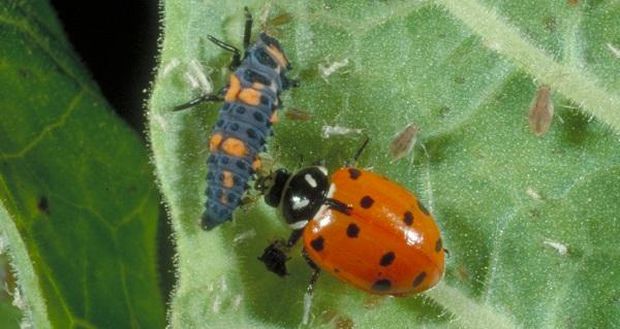
Parasitic wasps
Parasitic wasps from the Trichogramma specie, are really small wasps used for garden support agains harmful pests, such as, caterpillars and aphids. The way Trichogramma gets rid of the leaf eater caterpillars is by laying their eggs inside the egg of the moths literally eating the caterpillar from the inside out and preventing it from hatching into a caterpillar. They are a great way to prevent the pest from reproducing and progress in their life cycle. As those little wasp eggs develop, the moth egg will start turning black in about a week the new adult wasp will emerge and will then live up to two extra weeks after that.
The best way to release these parasitic trichogramma wasps is, rather easy, simply, grab the commercial strips where all those moths eggs already parasitised are sticked to and place them very close to your night blooming jasmine infested with caterpillars. Usually, those commercial strips come with about 6000 moth eggs already parasitised and definitely are super efficacious in the pest control job! This treatment should last for about a month and after that you should see a good progress.
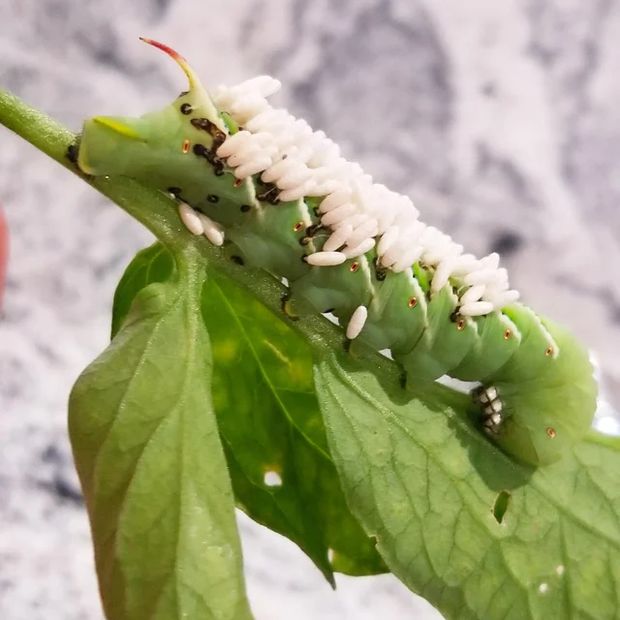
Other insects and animals
There you go! now you know the best methods to help out with your caterpillar infestation in your night blooming jasmine. Not only ladybugs and parasitic wasps are the only insects able to maintain your jasmine plants under control when having a caterpillar infestation, but also, green lacewing is another really good beneficial parasite that will eat a wide range of pests, such as, caterpillars, aphids and whiteflies.
Some bigger animals, such as, chickens, birds and hedgehog are also extremely efficient in eating caterpillars and helping out in garden pest control. Other effective ways to help out reducing and getting rid of moths and leaf caterpillars in our night blooming jasmine include, neem oil and duct tape (this tape is a slippery duct tape that is impregnated in pheromones where the caterpillars will stick to and won’t be able to retract back to the leaves). Lastly, there are other methods, although less effective, such as, caterpillar repellants, soap and water spray mix and other physical methods like nets and cardboard boxes.
